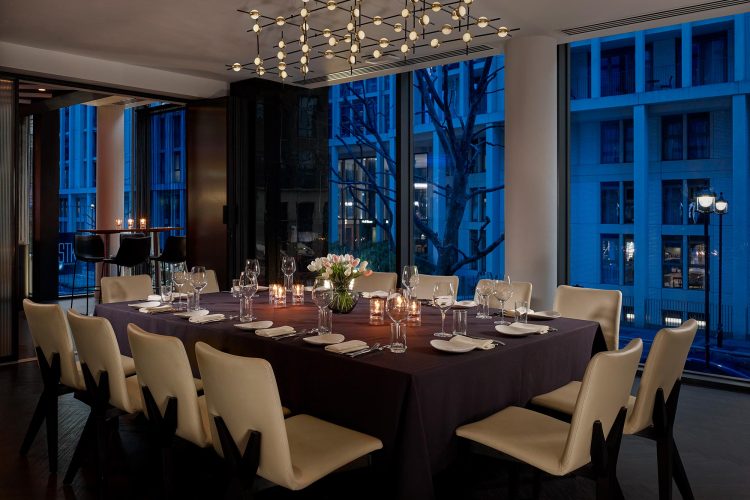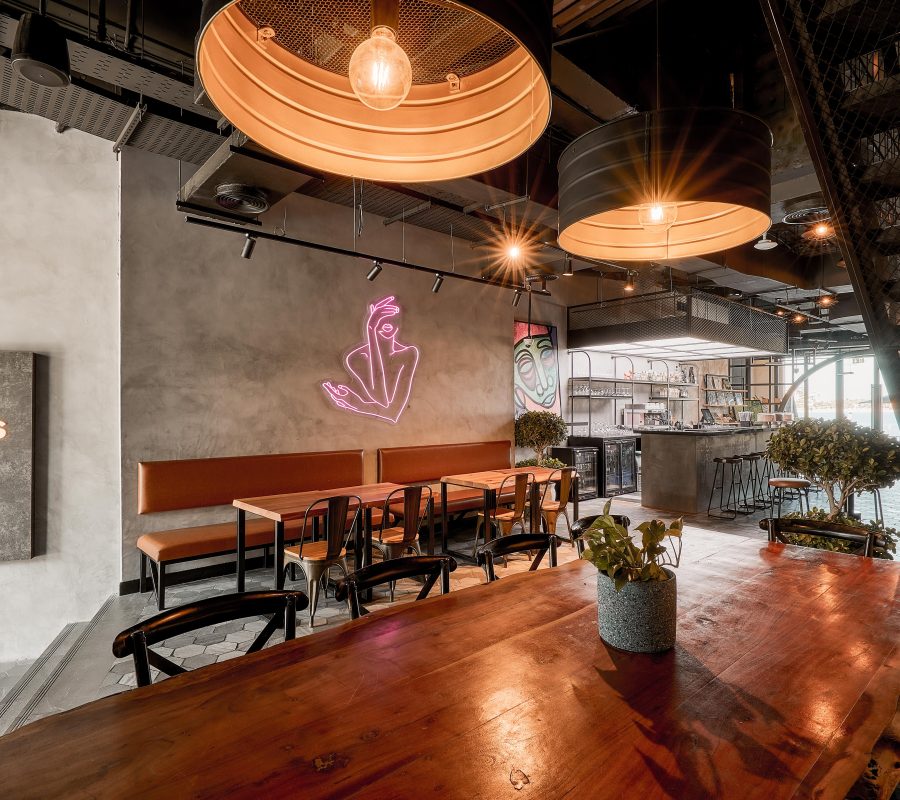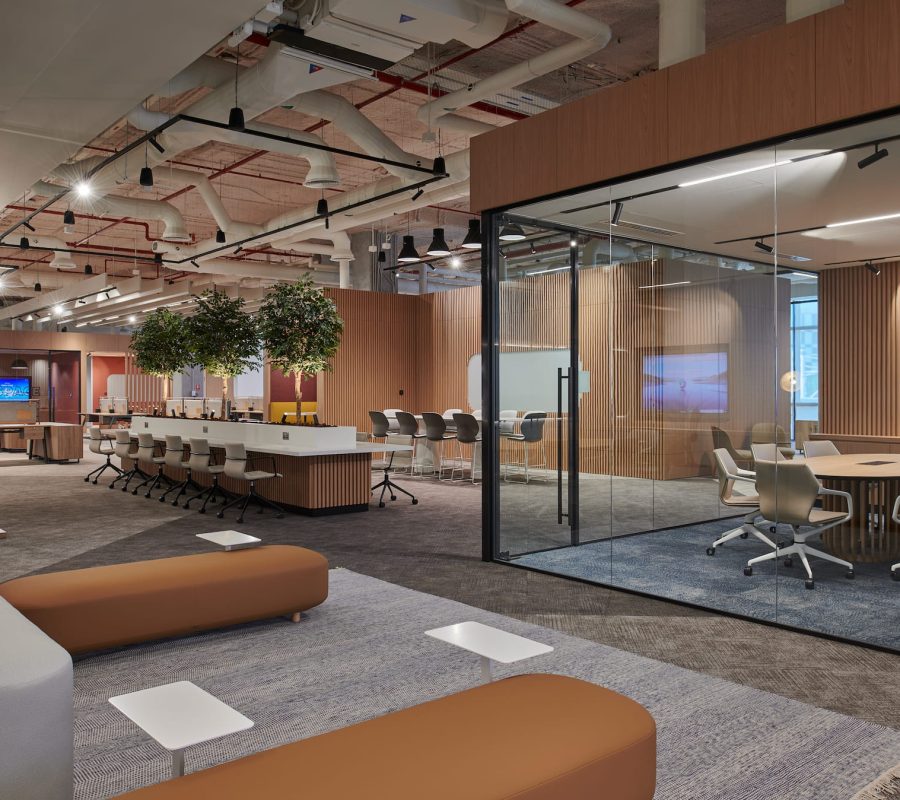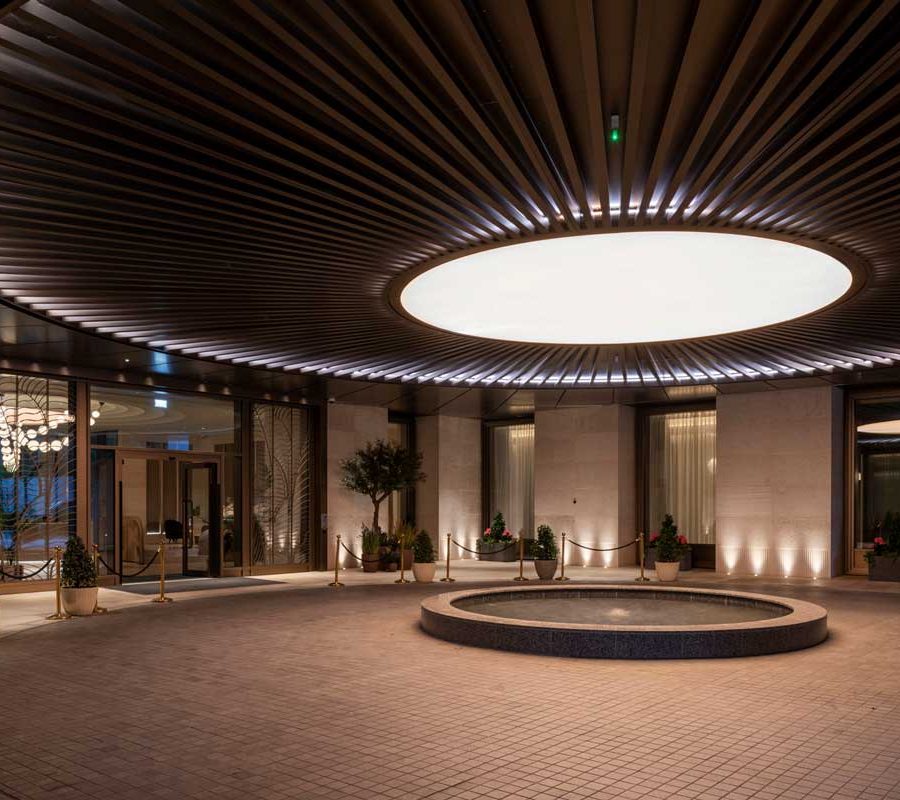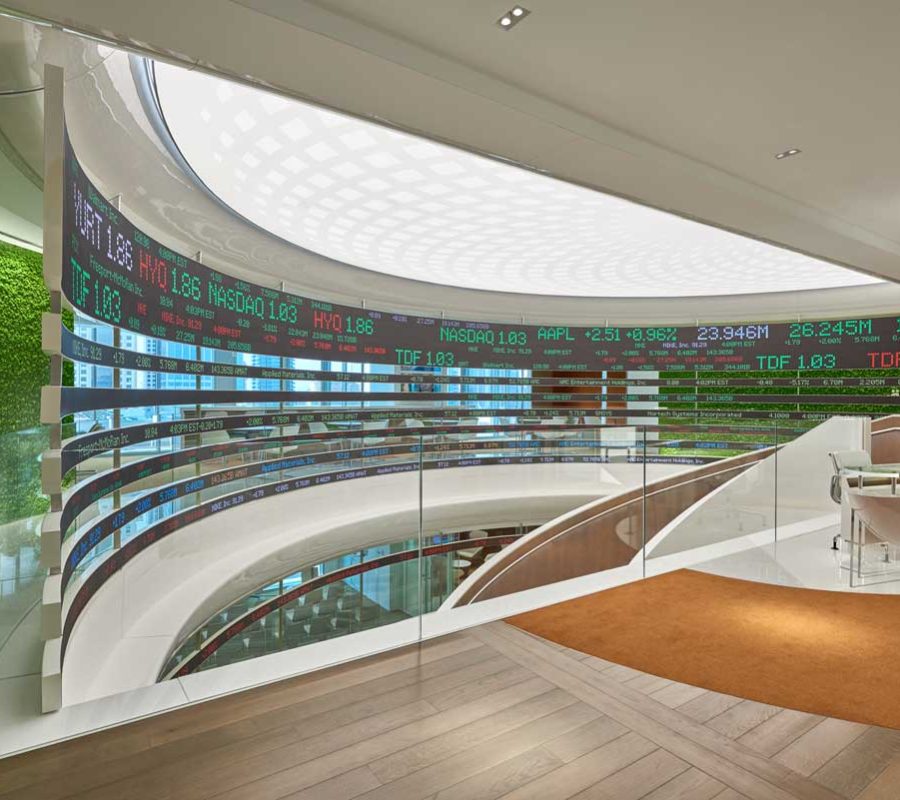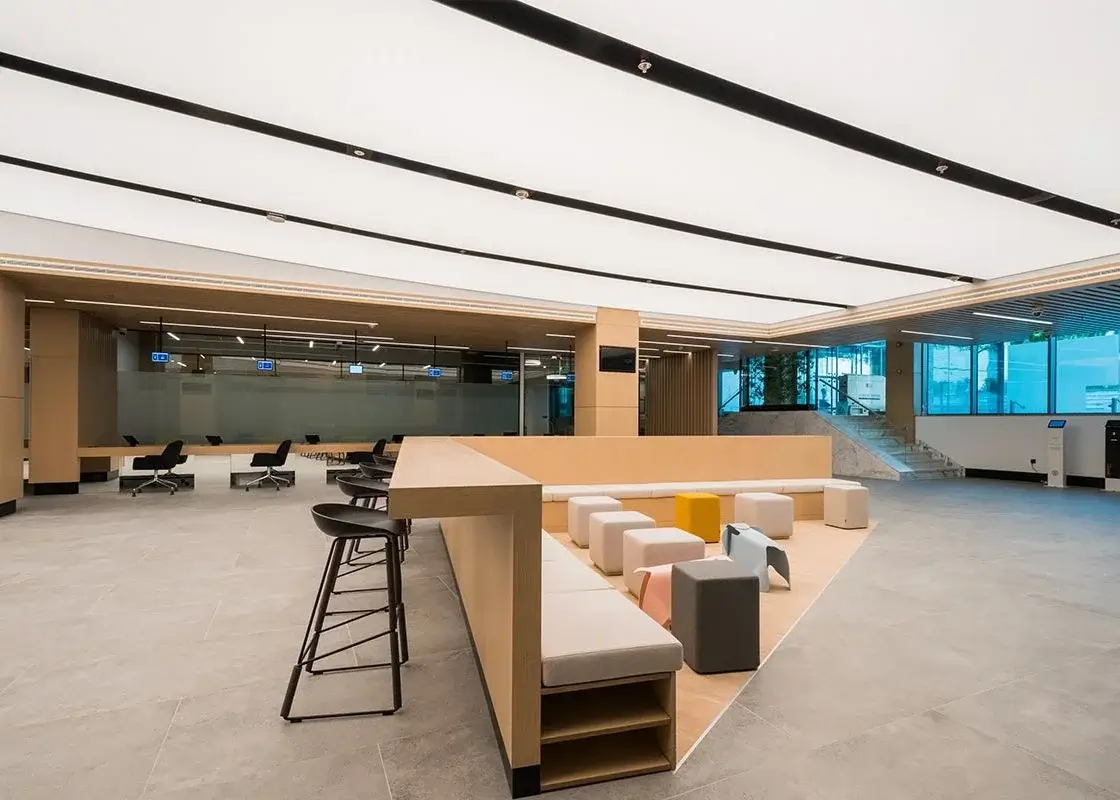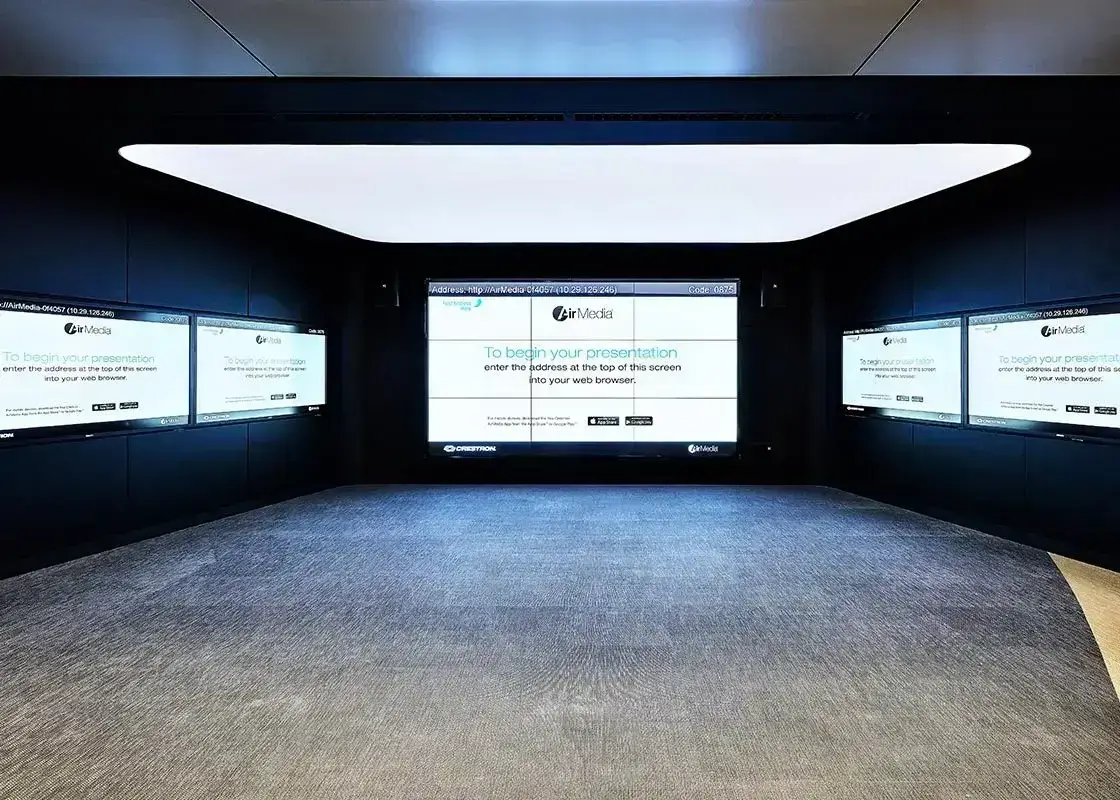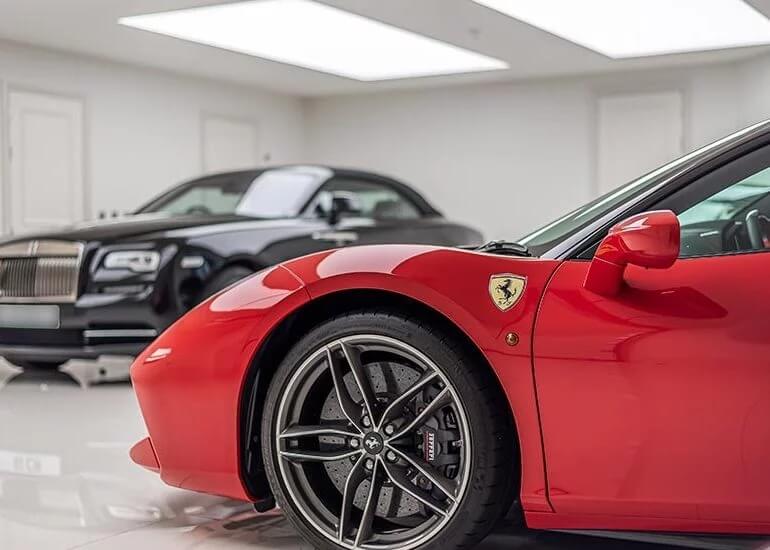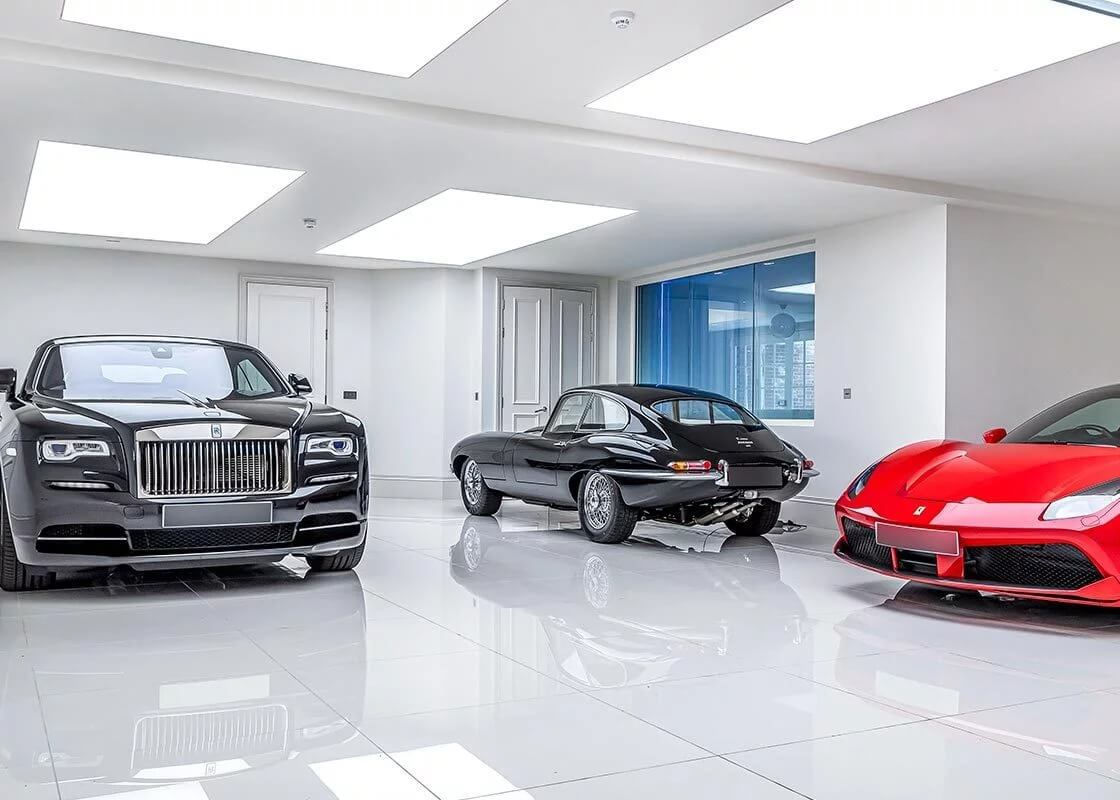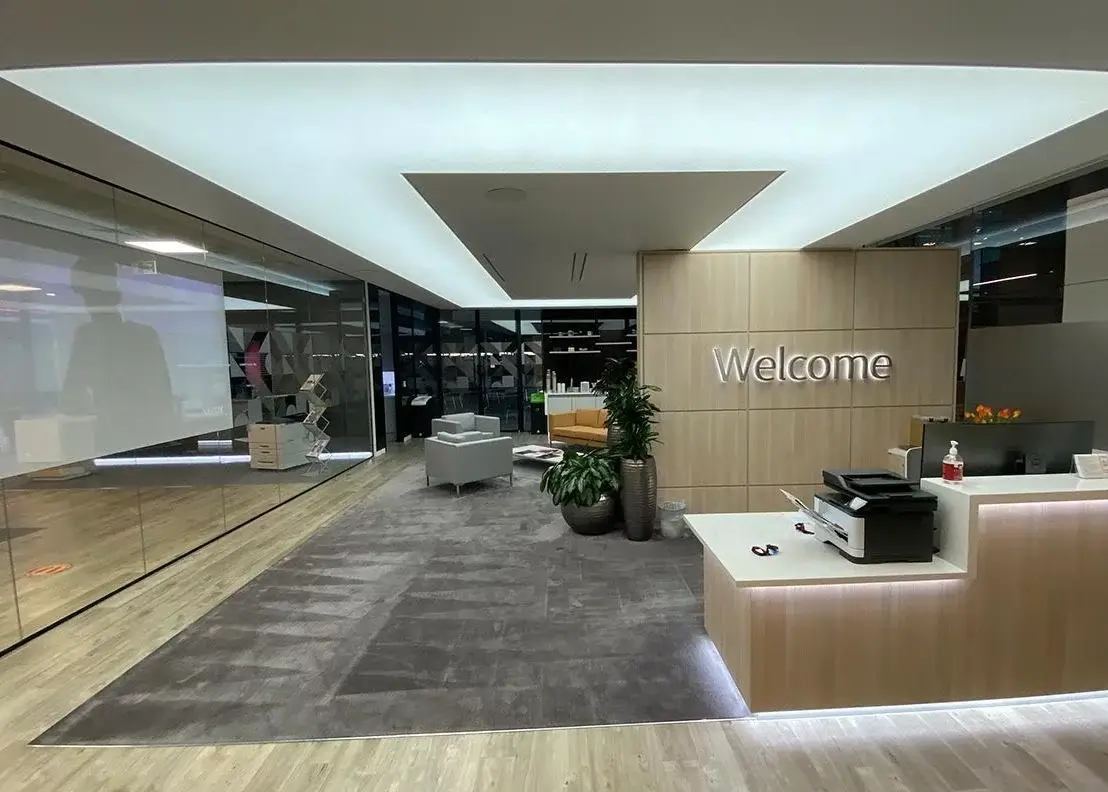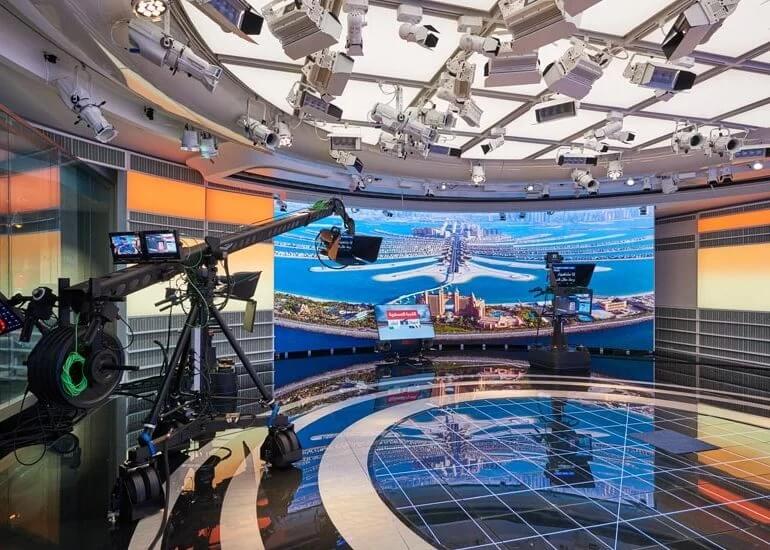Hospitality Lighting: Top Lighting Design Tips for Restaurants
In this article, we’ll outline the importance of restaurant lighting, and provide you with our top restaurant/hospitality lighting tips.
When it comes to creating the perfect ambience, restaurant lighting plays a pivotal role.
The way a restaurant is illuminated significantly impacts factors other than visibility, such as the mood and overall dining experience.
In this article, we’ll outline the importance of restaurant lighting, and provide you with our top restaurant/hospitality lighting tips.
Why does restaurant lighting matter?
Effective restaurant lighting extends beyond visibility. It’s about setting the right mood, highlighting the aesthetics, and creating an inviting atmosphere. To achieve this, consider the lighting balance, and layer different lighting types. Blend ambient, task, and accent lighting to create a harmonious and engaging environment.
Hospitality lighting should be specifically tailored to enhance the guest experience, so it should involve careful attention to detail. Highlighting focal points, such as artwork or particular seating areas, can draw attention and elevate the experience.
Our Restaurant Lighting Top Tips
Consider balance and layering:
Harmonise different lighting types for a cohesive atmosphere. By carefully balancing and layering lighting elements, you can set the mood, highlight key features, and ensure a pleasant and inviting dining environment for customers.
Highlight focal points:
Focal points such as artwork, architectural features or special décor contribute to the restaurant’s ambience. By illuminating these focal points, you can create a more visually appealing and engaging environment, adding depth and character to the space.
Use dimmers or control systems:
Dimmers offer the flexibility to adjust the brightness of lights based on the time of day, mood, or specific events. They also allow you to create different atmospheres, from bright and lively during busy hours to softer and more intimate in the evenings.
Be as energy efficient as possible:
Control systems, like timers and sensors, are also great due to their ability to optimise energy usage. You can adjust lighting levels based on natural light levels, occupancy, or set schedules, allowing you to reduce the overall power consumption of lights and save energy.
Collaborate with a lighting designer:
Enlisting the expertise of a professional lighting designer can transform a restaurant’s ambience. Our specialists, for example, understand how to create lighting schemes that align with the restaurant’s brand and concept, ensuring an unforgettable dining atmosphere.
Looking for a lighting designer for your restaurant space?
With over 100 years of combined experience, NGA prides itself on delivering turnkey manufacture, supply and installation services across all construction sectors.
